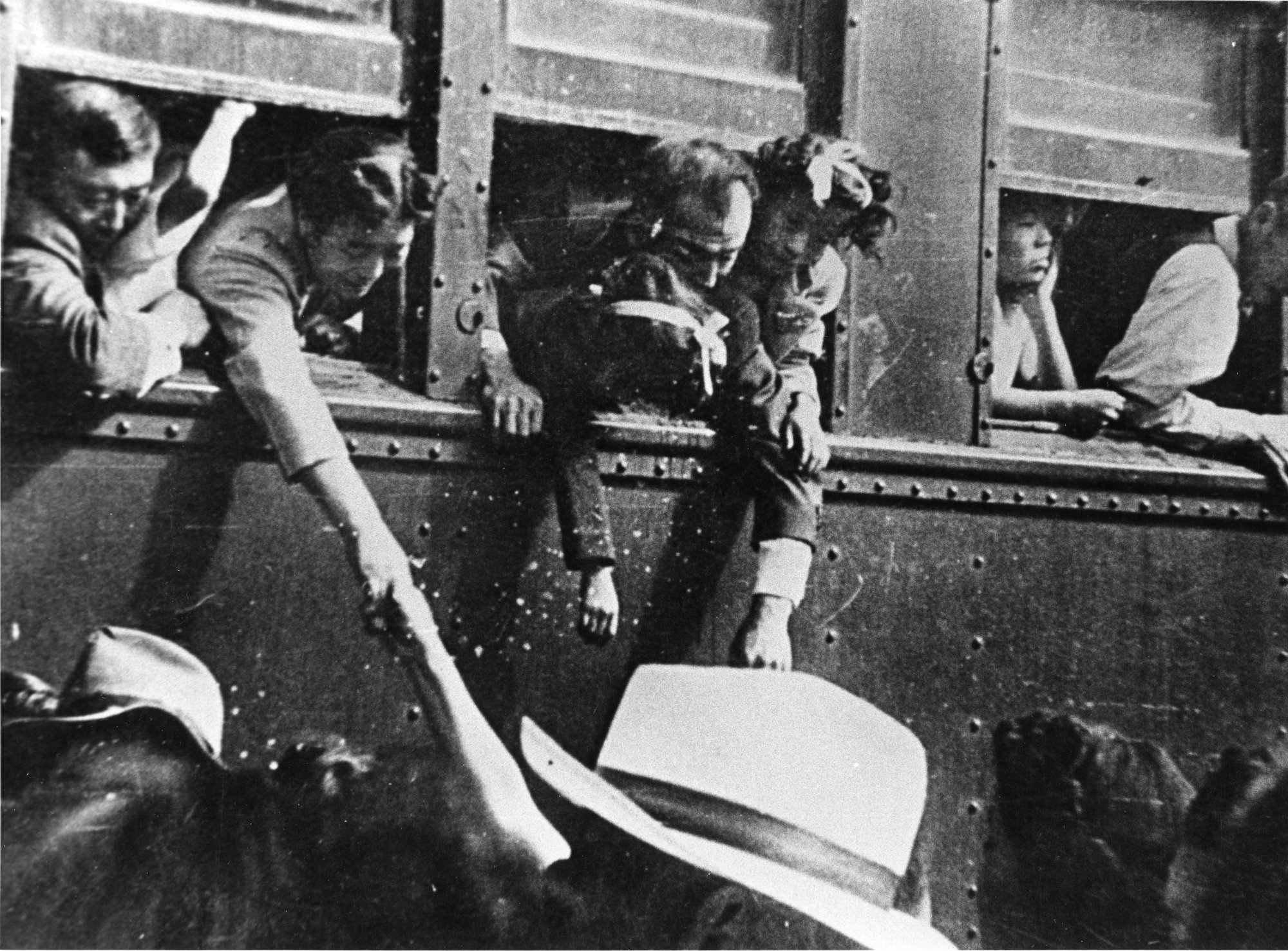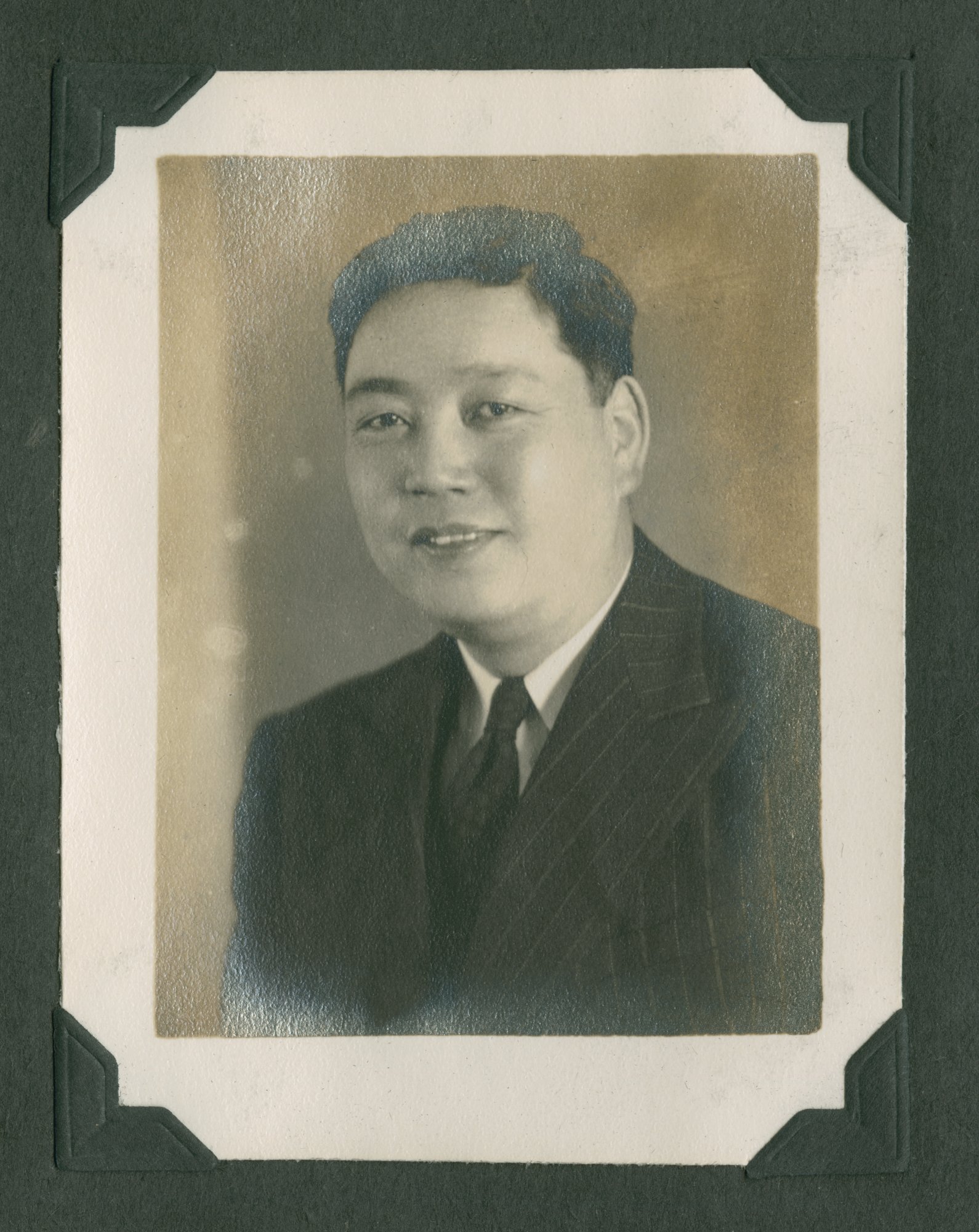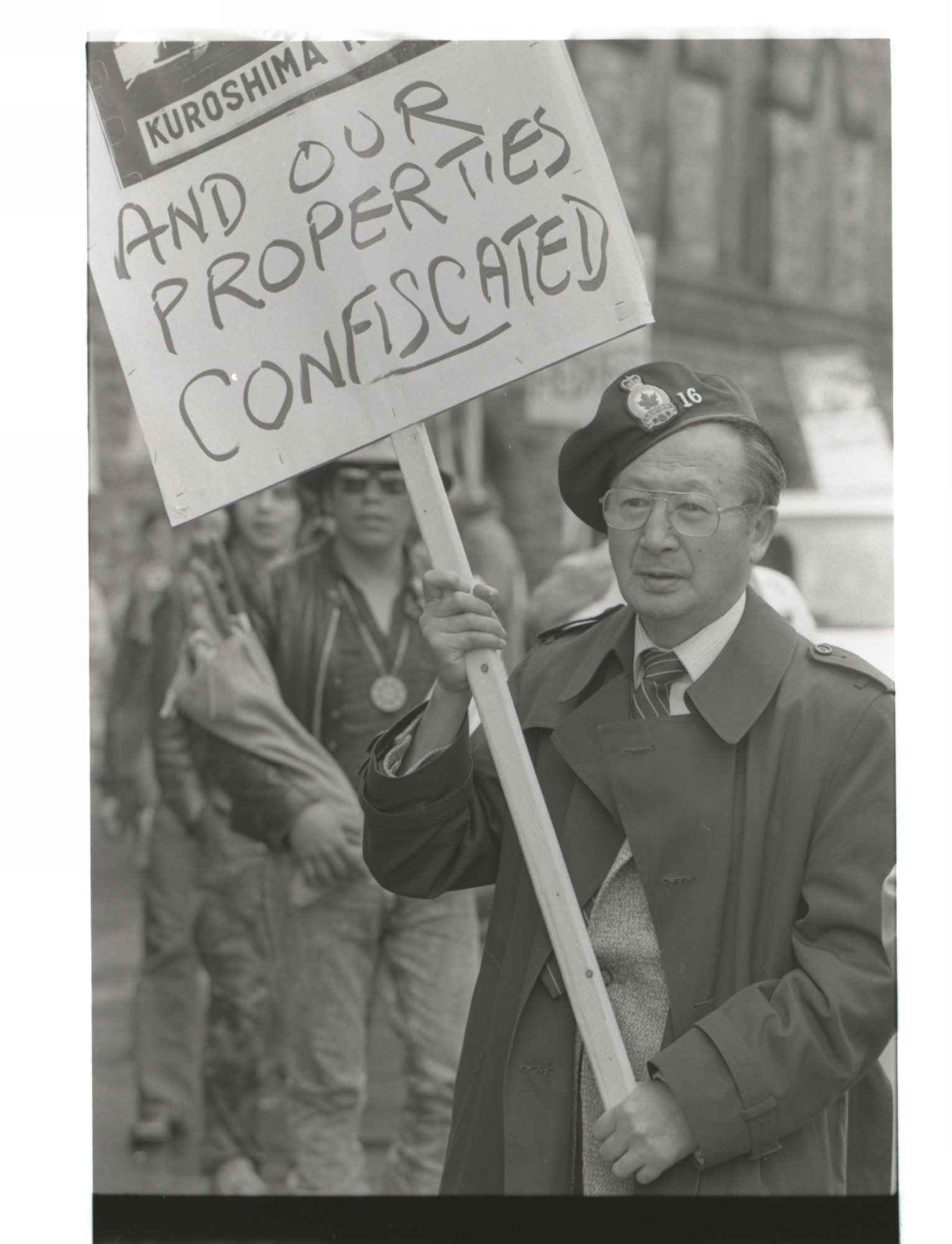Canadian opinion on Japanese Canadians began to change after the war ended. The government’s expulsion policy was met by protests from organizations including journalists, civil libertarians, and church groups. In 1947, the Federal Cabinet revoked the legislation to deport the remaining Japanese Canadians, (Canadian Race Relations Foundation, n.d.). However, the restrictions on Japanese Canadians remained for another two years to ensure their permanent resettlement (Theurer, 224).
On April 24, 1947, David Croll, Conservative Member of Parliament for Spadina in the House of Commons, said, “I hang my head in shame before my comrades in arms of Japanese ancestry. As a member of this House I can neither forgive nor justify the wrong that has been done to a blameless people… I only hope that my country will never again put me in a position where I have to stammer forth some sort of explanation for the action, which the Government has taken (Yamada, 2000)”.
In 1950, the order prohibiting the immigration of “enemy aliens” was revoked, allowing some of the people forcibly removed in 1946 to re-immigrate to Canada. Eventually, about one quarter of those exiled returned to Canada. Some of the nisei exiles returned from Japan after enlisting in the Canadian Army and serving in the Korean War.




